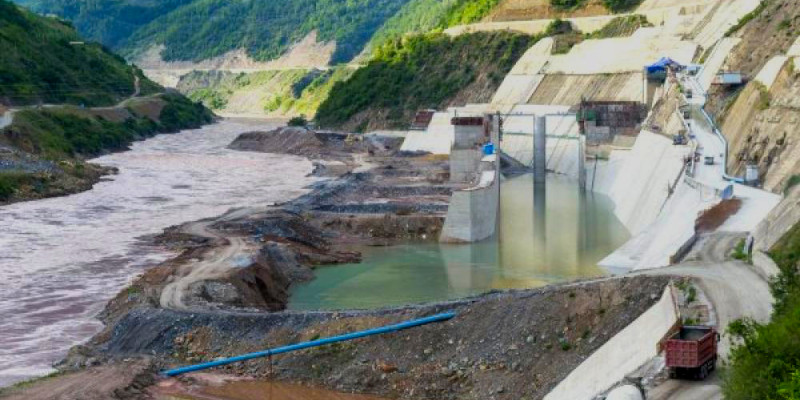The Tibetan plateau is the highest habitat on the planet and one of the last great unspoiled wildernesses. Excessive resource exploitation, improper infrastructural development, and deforestation by the Chinese authorities are all contributing to the extinction of many alpine ecosystems. Many Tibetans are enraged by the Chinese’s polluting industry. Around 20% of Tibet’s Autonomous Region is currently designated as a wildlife reserve. The majority of these reserves exist solely in name. There is minimal safeguarding. Poaching happens frequently. Tibetan and Himalayan glaciers are vanishing at a pace of 7% per year. Extreme heat waves are being blamed on global warming.
It has long had one of the most successful environmental protection regimes of any country on the planet. Because the few people who live in Tibet practice Buddhism, which teaches people to appreciate all living and non-living parts of nature, formal preservation of wildlife and the environment through parks and reserves have traditionally not been essential. Buddhism forbids the killing of animals and promotes environmental sensitivity. With the surge of Chinese into the region and their desire for resources, all of this is changing.
With temperatures rising by 0.16°C per year, the Tibet plateau has been warming faster than the global average. If the current tendency continues, glaciers will retreat dramatically. According to Factsanddetails, by 2100, Tjale, a 1.35 million square kilometer permafrost-like layer beneath the plateau’s top, might thaw and shrink by 60%. In Madoi County, Qinghai Province, around 3,000 of the 4077 lakes have vanished.
China has mercilessly destroyed the hypnotically beautiful plateau since its brutal invasion of Tibet in 1950. It has mined and carted away Tibet’s mineral wealth, dammed and diverted water from its abundant rivers, herded tens of thousands of Tibetans into “New Socialist Villages,” crushed Tibetan identity, and obliterated entire cultures.
Tibet, the world’s third-largest freshwater reservoir, is the source of Asia’s most important rivers: the Yangtze, Mekong, and the Yarlung Tsangpo. More than 750 million people in downstream countries — India, Pakistan, Bangladesh, Burma, Laos, and Cambodia — rely on waterways that originate in Chinese-controlled territory to survive. China has acquired political power over downstream states by actively damming transboundary rivers and restricting their flow.

